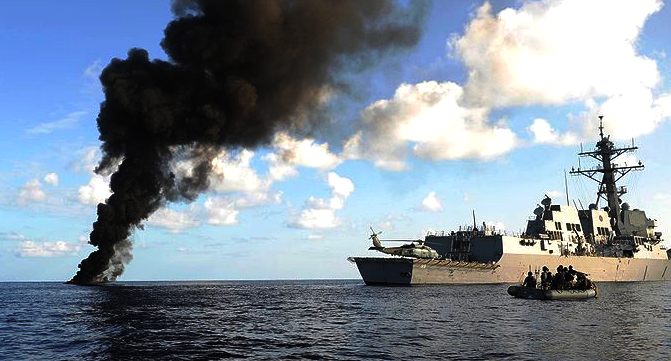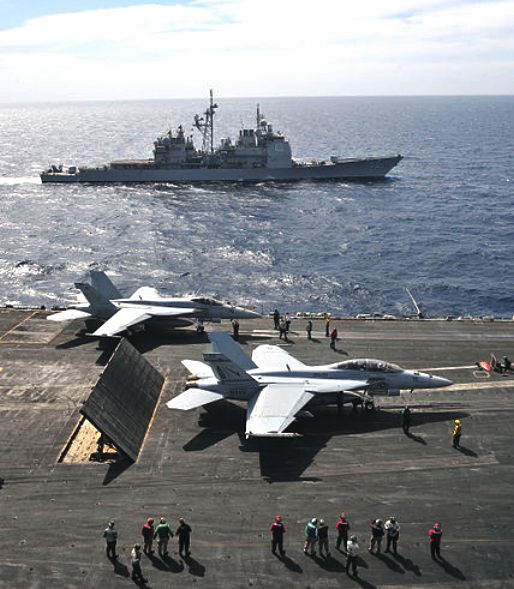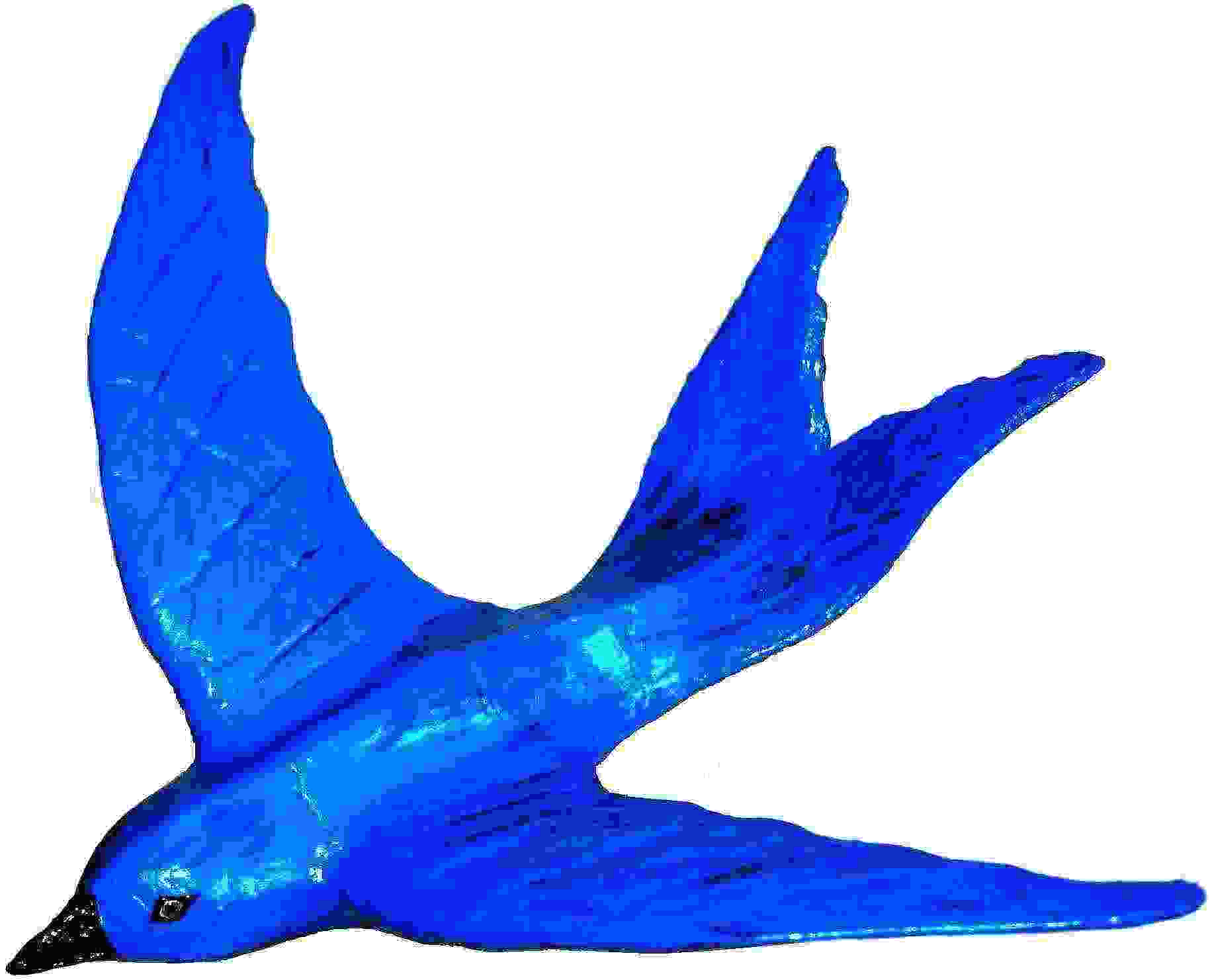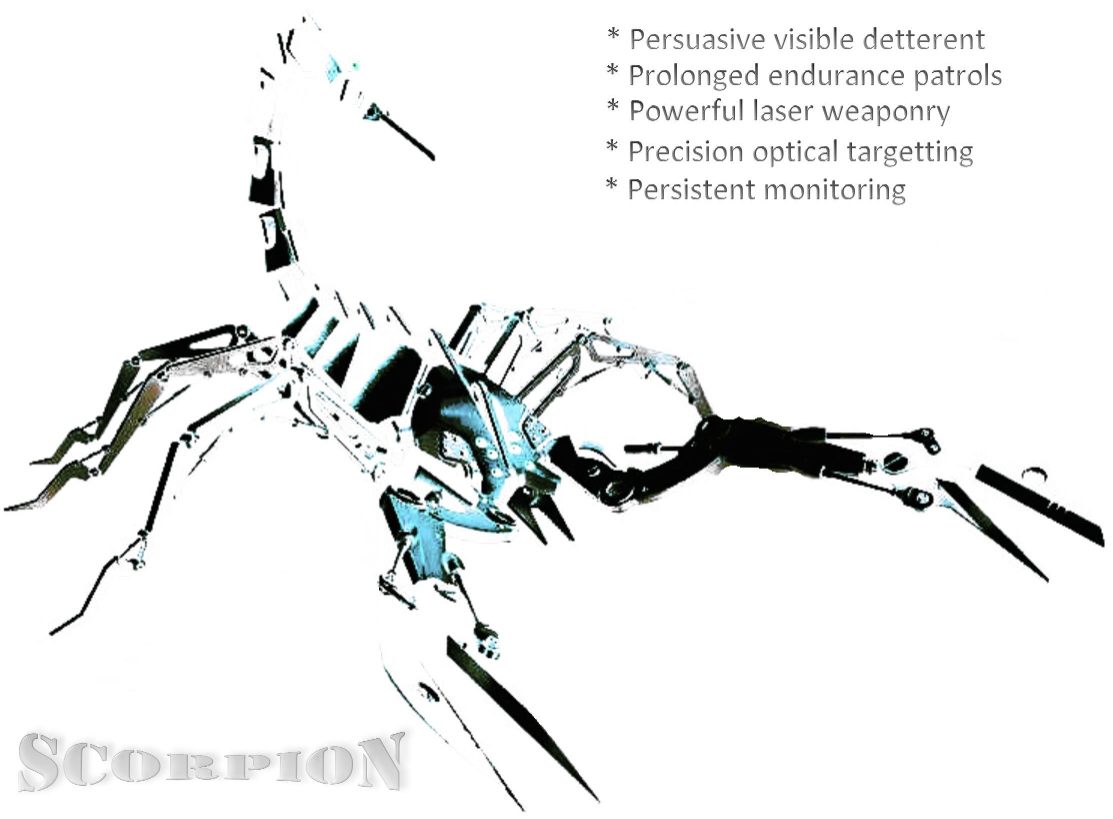|

COMBINED MARITIME FORCES (CMF) - ALLIED COMMAND OPERATIONS
(ACO)
Operation Ocean Shield is NATO's contribution to the anti-piracy campaign off the coast of the Horn of Africa, following the earlier Operation Allied Protector. Naval operations began on 17 August 2009 after being approved by the North Atlantic Council. They primarily involve warships from the United Kingdom and United States, though vessels from many other nations are also included. Operation Ocean Shield focuses on protecting the ships of Operation Allied Provider, which are transporting relief supplies as part of the World Food Programme's mission in the region. The initiative also helps strengthen the navies and coast guards of regional states to assist in countering the piracy in the Indian Ocean. China and South Korea have sent warships to participate in the activities as well.
Anti-Piracy Operations
On 10 January 2010 Admiral Pereira da Cunha, of the Portuguese Navy held a meeting regarding piracy with the Puntland coast guard. It was held aboard the frigate NRP Álvares Cabral near Bosaso, Somalia and focused on human intelligence gathering, capacity building and counter piracy cooperation between NATO and Puntland authorities.
Pirates attacked the Panamanian flagged merchantman MV Almezaan on 25 March. One pirate was killed by the Almezaan's crew during the boarding and shortly afterwards the Spanish Navy frigate Navarra arrived and launched a helicopter. Warning shots were then fired and the pirates surrendered without further conflict. Six Somalis were taken prisoner for a short time before being released in two skiffs and the mother ship was sunk by gunfire.
The small Seychelles Coast Guard patrol boat Topaz engaged in another battle with pirates five days later on 30 March. While patrolling just off the Somali coast, the Topaz encountered a captured dhow. After warning shots were fired, the dhow seemed to ignore the patrol boat and its occupants eventually opened up with rocket-propelled grenades and small arms fire. The Seychellois then engaged and after shooting off 10,000 rounds of machine gun fire, the dhow was burning and eventually sank. Twenty-seven members of the dhow's crew were rescued and the Topaz was returning to base when she was attacked by a trawler and two skiffs. Again the Seychellois responded with counter battery and the trawler exploded. One of the skiffs was sunk as well. Casualties of the Somalis are unknown and one member of the dhow's crew was wounded.
USS Nicholas was attacked by a skiff on 1 April, while in the waters between the Seychelles and Kenya. The Americans returned fire briefly and three pirates surrendered. Nicholas then pursued a mother ship vessel for a while, a boarding team was put on the ship and it was captured. A little later that day, USS Farragut was also operating in the area and she captured thirteen more Somalis. This was following the attempted to seizure of the Sierra Leone flagged tanker MV Evita. The crew of the tanker defended their ship with flares and outmaneuvered the pirates.
Operation Dawn of Gulf of Aden was launched by Republic of Korea Navy commandos with support from Oman and the United States in January 2011. Following the capture of the Norwegian owned chemical tanker MV Samho Jewelry on 15 January off Muscat with its crew of twenty-one, a failed boarding action was carried out on 18 January which resulted in the wounding of three commandos. A second attempt on 21 January succeeded in freeing the ship and the captives while eight pirates were killed altogether.
A failed rescue operation was carried out by the Danish frigate HDMS Esbern Snare and a Seychellois Coast Guard patrol boat on 26 January. The MV Beluga Nomination was taken over four days before and the attackers cut into the freighter's citadel with a blow torch to get at the crew. The Seychelles patrol boat and the Esbern Snare were dispatched and when they found the pirates and engagement began. Boarding teams from the patrol boat were repulsed but the Seychellois were able to kill one or two of the pirates. Two of the Nomination's crew managed to escape in a lifeboat and were rescued by the Danish though four others were killed either by drowning or the Somalis. Ultimately the operation was aborted and the pirates sailed away with the tanker and seven remaining hostages.
The Quest Incident occurred in February 2011. In the first attack on an American private ship since the Maersk Alabama hijacking in 2009, the yacht SV Quest was taken over by nineteen pirates on 4 February. The United States Navy responded by dispatching the aircraft carrier USS Enterprise, the guided missile cruiser USS Leyte Gulf and the guided missile destroyers USS Bulkeley and USS Sterett to release the four captives. The ships found the Quest on or about 21 January off the coast of Oman and negotiations to free the hostages began. However, on the following day, the pirates opened fire on the USS Sterret with rocket propelled grenades and shorty thereafter small arms fire was heard. The American commander then ordered a team to board the yacht and after doing so, all four of the prisoners were found to have been killed by the Somalis. Fifteen pirates were taken into custody and two of them were killed in the boarding action. The bodies of two other pirates were also found but American officials have no explanation for the cause of their deaths.
On 5 May 2011, as part of Operation Ocean Shield, the aircraft carrier USS Carl Vinson, the guided-missile cruiser USS Bunker Hill, and the Turkish frigate TCG Giresun responded to a distress call from the Panamanian-flagged, Chinese-owned bulk carrier MV Full City. An Indian Navy Tu-142 maritime patrol aircraft located the Full City, and while TCG Giresun boarded the merchant vessel, USS Bunker Hill and its embarked helicopters intercepted a dhow believed to be the 'mothership' for the pirate attack. Bunker Hill's VBSS boarding party seized weapons and other equipment commonly used in piracy, and the boarding party also sank a small skiff being towed by the dhow. Giresun's boarding party found the Full City's Chinese crew safe and in control of their ship.

PIRACY
Commodore Hijmans: "Piracy is a common problem that directly effects the world economy, to counter it international cooperation is essential. In maritime cooperation personal relations have proven one of the keys to success. The visit of commodore Abdul Aleem SI(M) was therefore very useful and appreciated. It strengthens our relationship and allows us to counter piracy to the maximum of our abilities as naval
forces."
Commodore Aleem: "Today was a chance to renew the mutually beneficial and productive relationship between Combined Maritime Forces and NATO. Our area of operation is simply huge, so by coordinating the activities of our warships and aircraft, we can ensure they are deployed in the most effective way. The pirates are resourceful and capable of adapting their behaviour. Therefore it is essential that counter-piracy operations share their intelligence and develop their strategies in order to remain one step ahead."
The Pakistan Navy has been in command of CTF 151 since the end of November, when Commodore Aleem relieved Rear Admiral Sinan Ertugrul of the Turkish Navy. In recent months the multi-national force has included ships from Australia, Republic of Korea, Pakistan, Thailand, Turkey, UK and U.S. In addition to Pakistan, the command team includes staff from Canada, Netherlands and U.S.
BACKGROUND
Standing NATO Maritime Group 1 is permanently assigned to NATO. It is a multi-national Naval Group that provides the NATO Alliance with the ability to quickly respond to crisis situations anywhere in the world. A capable, stand-alone task group and one of four standing maritime elements that form a flexible core around which NATO can build a larger force to meet a wide range of missions that will include non-combatant evacuations, consequence management, counter terrorism, crisis response, embargo operations, etc.
CMF's counter-piracy mission is known as Combined Task Force 151 (CTF151) and its mission is to deter, disrupt and suppress piracy, protecting maritime vessels of any nationality and securing freedom of navigation in the Gulf of Aden and Somali Basin. In conjunction with NATO and EU Naval Force Somalia (EUNAVFOR), CTF-151 conducts patrols in the Internationally Recommended Transit Corridor (IRTC) and supports Best Management Practice (BMP) methods for piracy avoidance that are promoted to the shipping industry.
CTF 151 is one of three task forces operated by Combined Maritime Forces (CMF), a 25-nation coalition based in Bahrain. Its main focus areas are defeating terrorism, preventing piracy, reducing illegal activities and promoting a safe maritime environment.
CONTACTS
Supreme Headquarters Allied Powers Europe (SHAPE) near
Mons, Belgium is the Headquarters of Allied Command Operations (ACO).
J8 Acquisition (Purchasing and Contracting)
ACO Head of Contracts
Mr. Danny Hovaere
danny.hovaere@shape.nato.int
Strategic Sourcing and Contingency Ops
Contract Management Section
Mr. Giuseppe Col
giuseppe.col@shape.nato.int
Questions and information related to the
ACO Purchasing and Contracting web page
Mr. Giordano Mastrocinque
giordano.mastrocinque@shape.nato.int
Address:
J8 Finance and Acquisition Division
ACO Purchasing and Contracting Branch
B-7010 SHAPE – Belgium
Phone: +32 (0) 6544 7111 Fax: +32 (0) 6544 3541
LINKS
| Main

|
http://uknato.fco.gov.uk/en/business-opportunities/020-Agencies/
http://www.act.nato.int/
http://aco.nato.int/page272201419.aspx
http://en.wikipedia.org/wiki/Operation_Ocean_Shield
|
Operation
Ocean Shield
- Youtube
|
All
enquiries should be directed to:-

The
Marketing Manager
BLUEBIRD
MARINE SYSTEMS LTD
Solar
House, Herstmonceux
BN27
1RF, United Kingdom
Email:
Contact: 

The
ultimate Robot Boat. The SNAV platform uses an advanced SWASSH
hull to
mount the world's first autonomous endurance expedition. The world
navigation is to prove the ship's systems for oceanographic and law enforcement
applications. A by product is safer
at seas.
|

